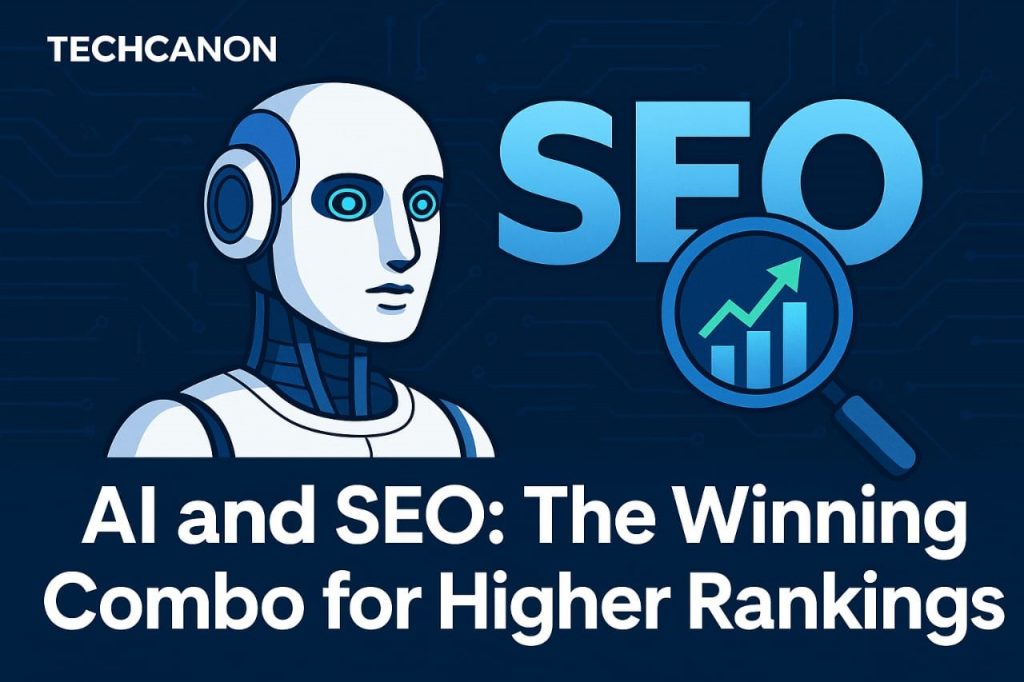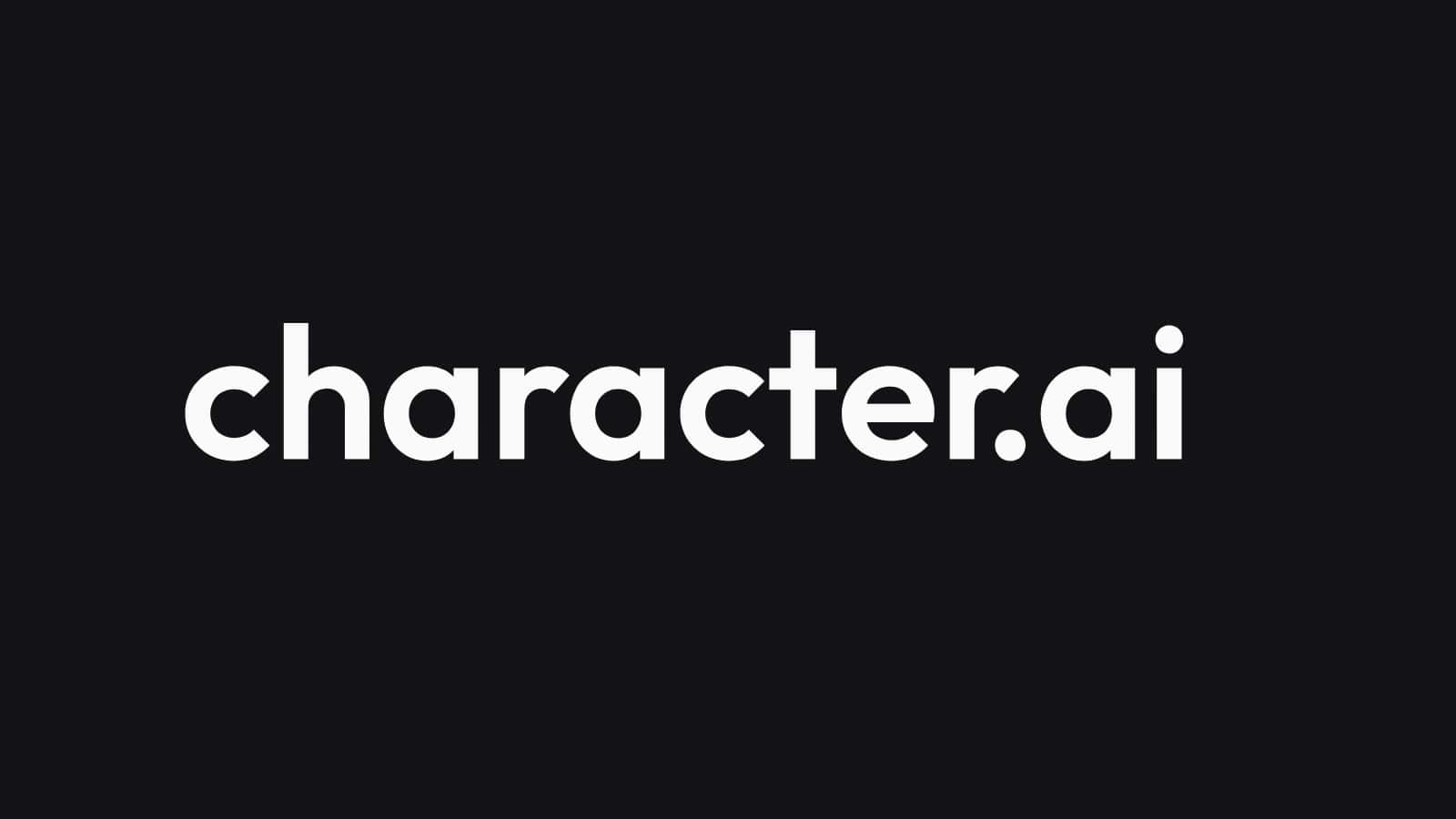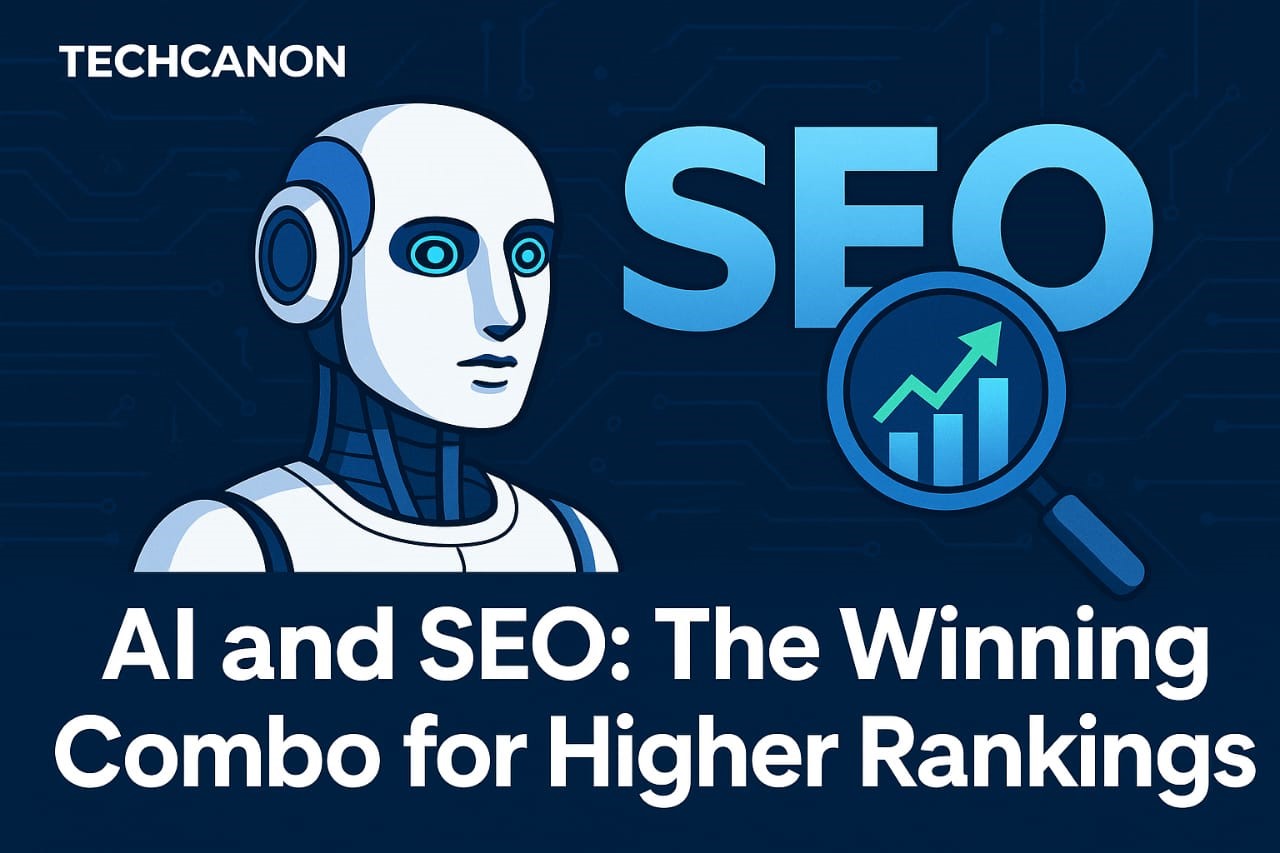SEO….yeah, I’ve heard about it and know a thing or two as well. This was my usual response whenever someone brought SEO in the conversation. Little did I know that it hard carries the whole Search engine algorithm. As digital marketing expert Alan Charlesworth puts it, ‘ SEO is a practice of making your website look attractive enough that it ranks high on SERP’. And he’s right SEO isn’t just about keywords; it’s a smart strategy engineered by search engines to deliver valuable content to the right audiences.
But as search engines evolved, so did the demands of SEO. It isn’t just about on-site and source code optimization namely keywords, Inbound links, Website History, H tags hierarchy.
This blog will succinctly explore how the synergy between SEO and AI drives a powerful digital presence, uncovering key back-end technical aspects and stories.
Machine Learning for Ranking Algorithms
Search engines like Google use Machine Learning Models to constantly improve their algorithms. Machine Learning allows search engines to learn from large datasets, improving their ability to predict what content is most relevant to a user’s query.
● RankBrain
Google’s algorithm is an intelligent system which consists of rules, formulae and machine learning models that evaluate over 200 ranking factors spanning across on-page elements, off-page signals, technical performance and user behaviour to better understand and fulfill what the user truly wants.
Introduced in 2015, RankBrain became a key part of Google’s algorithm, It efficiently and aptly captures the Searcher’s intent by leveraging Machine Learning to interpret the context and meaning behind queries even those it hasn’t encountered before. This is called ‘Search Intent Modeling’.
It harnesses the power of Machine learning to enhance search results quality by deepening the understanding of relationships between words and phrases, making query interpretation more precise.
In terms of ranking, It significantly influences SERP rankings by categorically analyzing content relevancy, user behaviour signals and the authenticity of web pages to determine the most accurate match for a given query.
Imagine a user types into Google: “Why does my Laptop keep freezing when it’s cold?”
Before RankBrain, the search engine might have tried to match this query exactly with web pages containing the phrase “laptop freezing in cold”, which could yield mixed or irrelevant results.
But with RankBrain, Google interprets the intent behind the query. It understands that “freezing” here doesn’t mean temperature, it likely refers to the computer crashing or becoming unresponsive. RankBrain also infers that the user is asking about a technical issue related to device performance, possibly triggered by environmental conditions.
Therefore, it shows results which address the technical issues of laptop like
- Common causes of laptop crashes in cold environment
- Hardware reactions to temperature
- Battery and processor issues in extreme weather
This is the function of RankBrain where it decodes vague or ambiguous queries by learning patterns, synonyms and context; ultimately showing more helpful and targeted content.
Google uses AI like RankBrain to rank best; Now it’s your turn to use that same AI power to boost your visibility, traffic and dominance on search.
Here’s how you can tap into Google’s AI-driven engine and turn it into your ultimate SEO advantage.
Using RankBrain to Elevate Your SEO Strategy
To leverage RankBrain effectively and improve SEO rankings, businesses and site
Owners must focus on delivering high-quality, contextually relevant content that
Aligns with user intent.
Here’s a detailed breakdown of how RankBrain works with SEO and AI to help Businesses climb SERPs
1. Understand and Align with Search Intent
RankBrain focuses on Query understanding by interpreting language and context even if the query is new, rare or highly complex. To leverage this:
● Focus on User Intent
Don’t just optimize for keywords; understand the deeper question behind the search. For example, a search for “best running shoes” might have different intents. Some users want reviews, others want to buy, and some might wanta size guide.
● Segment Content for Different Intents
Create Content that answers various types of queries. A dedicated landing page for buying options, a comparison article, and a blog post explaining shoe features could all target the same keywords but meet different search intents.
By aligning your content with specific user needs, you can signal to RankBrain that your page is relevant, increasing your chance of ranking higher.
2. Use AI Tools to Streamline SEO
Businesses can leverage AI-powered SEO tools to enhance their strategies. These tools often use machine learning to predict keyword performance, optimize content for RankBrain, and identify content gaps.
- Tools like Surfer SEO, Clearscope, or Frase analyze top-ranking content to provide AI-driven recommendations that align with RankBrain’s Preferences. These tools help businesses identify which keywords, topics, and content formats are most likely to perform well.
3. Continuously Analyze & Adjust Based on AI Insights
With RankBrain powered by machine learning, it continuously adapts and refines its understanding of what works. This means businesses need to:
● Monitor Performance and Adjust
Use AI-driven analytics tools ( e.g, Google Analytics, SEMrush ) to assess how RankBrain responds to your content. Look at metrics such as engagement, CTR, and conversions, and adjust your strategy accordingly.
● Test & Iterate
As RankBrain evolves , what works today might not work tomorrow. Always test different headlines, content formats, and user interactions to stay ahead. AI can help identify patterns and opportunities for improvement.
4. Improve User Engagement Signals
RankBrain also considers User behaviour signals, such as click-through rates, bounce rate, and dwell time, to evaluate content quality. By improving these metrics, businesses can send positive signals to RankBrain:
● Optimize Meta Tags and Snippets
Your title tags and meta descriptions should be crafted to increase CTR. Use actionable language and answer the query directly in the snippet to entice clicks. For your Knowledge, a snippet is a short summary of a web page that appears under the page title in Google’s search results.
● Reduce Bounce Rate
Keep users on your site longer by ensuring a seamless navigation experience, relevant internal links, and engaging multimedia ( e.g, videos, infographics, or interactive elements ).
● Increase Dwell Time
Provide content that not only meets immediate search intent but also encourages users to spend more time on your page. This could lead be in the form of interactive elements, engaging visuals, or related articles.
5. Optimize for Natural Language and Semantics
RankBrain is powered by Natural Language Processing, meaning it understands semantic context rather than just individual keywords.
Here’s how to benefit from this:
● Use Conversational Tone & Natural Phrases
With RankBrain’s ability to understand semantic meaning, writing in a more natural, conversational way will improve rankings. For instance, instead of repeating the exact phrase “buy running shoes online“, try variations like “where to buy running shoes” or “best places to shop for running shoes”.
● Optimize for Voice Search
As RankBrain adapts to voice-based queries, consider including long-tail phrases and question based keywords in your content. For example, “what are the best shoes for running in winter?” can rank well due to its conversational structure.
Conclusion
As RankBrain continue to evolve, businesses that embrace these strategies will be better positioned to rank higher, attract more organic traffic, and provide the best experience for their audience.
This in-depth strategy will help businesses not only improve rankings but also create content that aligns perfectly with RankBrain’s sophisticated understanding of search intent.
What to Look Forward to in Next Blog:
In the next blog, I’ll dive deeper into other AI-driven search algorithm tools like BERT, MUM, and SMITH to uncover how these cutting edge systems interpret content, context, and user intent.
I’ll extensively explain how businesses and content creators can intelligently align their strategies, what we call ‘jinxing the Algorithm’ to not only meet but exceed the evolving expectations of search engines, ultimately securing higher SERP rankings and more qualified traffic.







